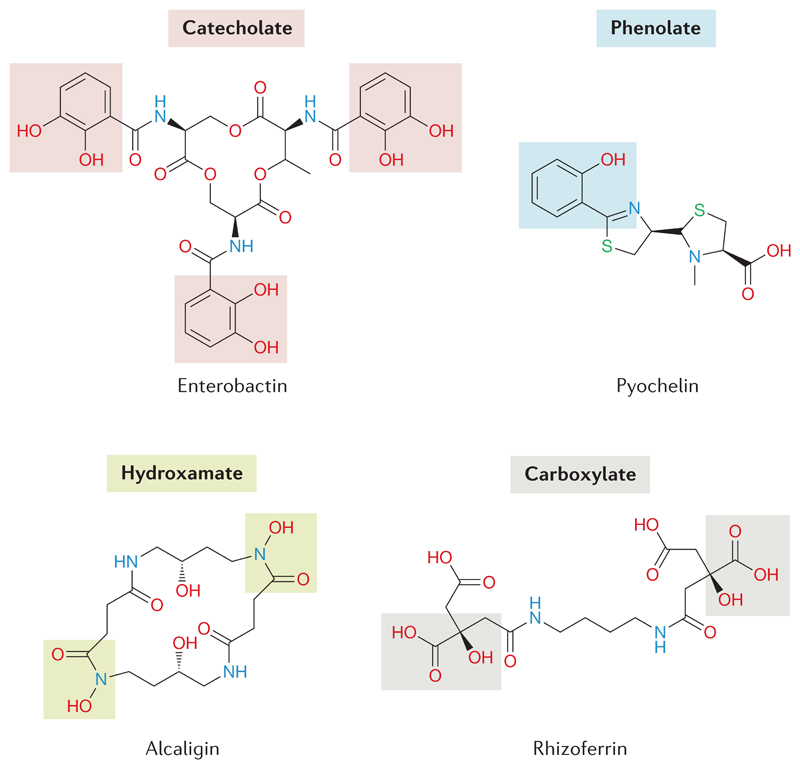Figure 1. Representative examples of the four main chemical classes of siderophores.
Siderophore is a functional term and includes a chemically diverse group of molecules. The four main types are distinguished based on the moieties involved in iron chelation, which entail catecholate, phenolate, hydroxamate and carboxylate functional groups (grey shadings). Siderophores with mixtures of functional groups are also common. Representative siderophore examples include enterobactin (which is produced by Escherichia coli, for example), pyochelin (which is produced by Pseudomonas aeruginosa, for example) featuring a heterocycle (thiazoline) ring, alcaligin (which is produced by Bordetella pertussis, for example) and rhizoferrin (which is produced by Ralstonia pickettii, for example). Note that the same siderophore can be produced by different species18.

